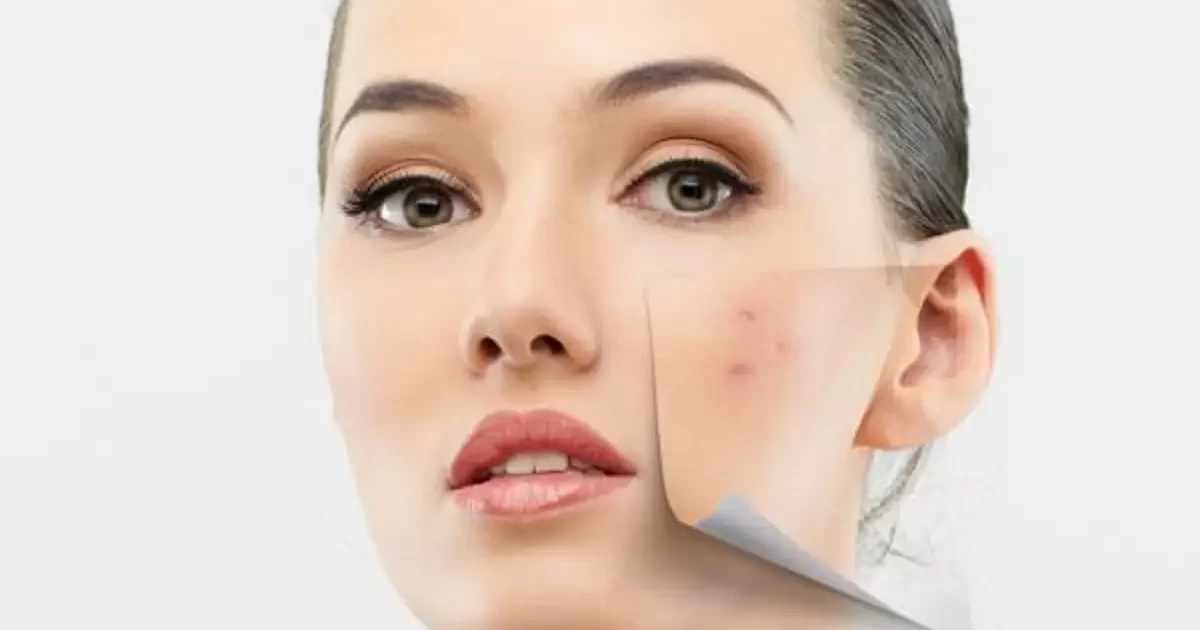Pigmentation on the face is a common skin concern that affects many individuals, leading to uneven skin tone and dark spots. This condition occurs when there is an overproduction of melanin, the pigment responsible for skin color, resulting in darker patches on the skin. Factors such as sun exposure, hormonal changes, and aging can exacerbate this issue, making it essential to address it promptly.
Causes and Types of Pigmentation on Face
Several factors contribute to facial pigmentation. Prolonged sun exposure is a primary cause, as ultraviolet (UV) rays stimulate melanin production, leading to sunspots and freckles. Hormonal fluctuations, particularly during pregnancy or due to contraceptive use, can cause melasma, a type of pigmentation that appears as dark, irregular patches. Post-inflammatory hyperpigmentation (PIH) is another common type, which occurs after skin inflammation or injury, such as acne or eczema.
Sun-Induced Pigmentation
Sun-induced pigmentation, also known as solar lentigines or age spots, typically appears on areas frequently exposed to the sun, such as the face, hands, and shoulders. These spots are flat, brown, or black and vary in size. Consistent use of sunscreen with a high SPF and protective clothing can help prevent their formation.
Hormonal Pigmentation
Hormonal pigmentation, or melasma, is characterized by brown or gray-brown patches, usually on the cheeks, forehead, nose, and upper lip. This condition is more common in women and is often triggered by hormonal changes during pregnancy or from using birth control pills. While melasma can fade over time, it often requires targeted treatments to manage effectively.
Post-Inflammatory Hyperpigmentation
Post-inflammatory hyperpigmentation (PIH) results from skin injury or inflammation, leading to darkened spots once the skin heals. Common causes include acne, eczema, or physical trauma to the skin. PIH can affect all skin types but is more prevalent in individuals with darker skin tones.
Effective Treatments for Pigmentation on Face
Addressing pigmentation on the face requires a combination of preventive measures and active treatments. Non-surgical options are available to help reduce the appearance of dark spots and promote a more even skin tone.
Topical Treatments
Topical treatments are a first-line defense against pigmentation on the face. These include:
Hydroquinone: A potent skin-lightening agent that inhibits melanin production, helping to fade dark spots. Typically used under medical supervision due to potential side effects.
Retinoids: Derived from vitamin A, retinoids accelerate cell turnover and promote the shedding of pigmented skin cells. They also enhance the effectiveness of other treatments.
Vitamin C: An antioxidant that brightens the skin and reduces pigmentation by inhibiting melanin production. Vitamin C serums are popular for their dual benefits of brightening and protecting the skin.
Kojic Acid: Derived from fungi, kojic acid is effective in reducing dark spots and preventing further pigmentation. It’s often found in skin-lightening creams and serums.
Chemical Peels
Chemical peels involve applying a solution to the skin that exfoliates the top layers, removing dead skin cells and promoting the growth of new, evenly pigmented skin. Various types of chemical peels are available, including:
Glycolic Acid Peels: These peels use glycolic acid, an alpha hydroxy acid (AHA), to exfoliate the skin and improve pigmentation.
Salicylic Acid Peels: Effective for acne-prone skin, salicylic acid peels also help lighten post-inflammatory hyperpigmentation.
TCA Peels: Trichloroacetic acid (TCA) peels penetrate deeper into the skin, making them suitable for more severe pigmentation issues.
Laser Treatments
Laser treatments are highly effective for reducing pigmentation on the face. They work by targeting melanin in the skin, breaking it down, and promoting the growth of new skin cells. Common laser treatments include:
Q-Switched Nd
Laser: This laser targets pigmented lesions without damaging surrounding skin, making it suitable for treating melasma and sunspots.
Fractional Laser Resurfacing: This treatment uses a laser to create micro-injuries in the skin, stimulating collagen production and improving skin texture and pigmentation.
Intense Pulsed Light (IPL): Although not a laser, IPL uses broad-spectrum light to target pigmentation and vascular lesions, resulting in a more even skin tone.
Microneedling
Microneedling, also known as collagen induction therapy, involves creating tiny punctures in the skin using fine needles. This process stimulates collagen production and accelerates skin repair, reducing pigmentation and improving overall skin texture. Microneedling can be combined with topical treatments for enhanced results.
Preventing Pigmentation on Face
Preventing pigmentation on the face requires a proactive approach to skincare. Incorporating the following habits can help maintain an even skin tone and prevent further pigmentation:
Consistent Sun Protection
Daily use of a broad-spectrum sunscreen with an SPF of 30 or higher is crucial in preventing pigmentation caused by UV exposure. Reapply every two hours when outdoors, and wear protective clothing and wide-brimmed hats for added protection.
Gentle Skincare Routine
Using gentle, non-irritating skincare products helps prevent inflammation and subsequent pigmentation. Avoid harsh scrubs and exfoliants that can damage the skin barrier and lead to PIH.
Hydration and Nutrition
Keeping the skin hydrated and maintaining a balanced diet rich in antioxidants supports overall skin health. Drinking plenty of water and consuming foods high in vitamins A, C, and E can promote a radiant complexion and prevent pigmentation.
Conclusion
Restoring your glow by treating pigmentation on your face involves a multifaceted approach, combining preventive measures, topical treatments, and advanced procedures. Understanding the causes and types of pigmentation is essential for choosing the most effective treatments. By following a consistent skincare routine and seeking professional advice, you can achieve a clearer, more even complexion, and confidently showcase your natural radiance.





